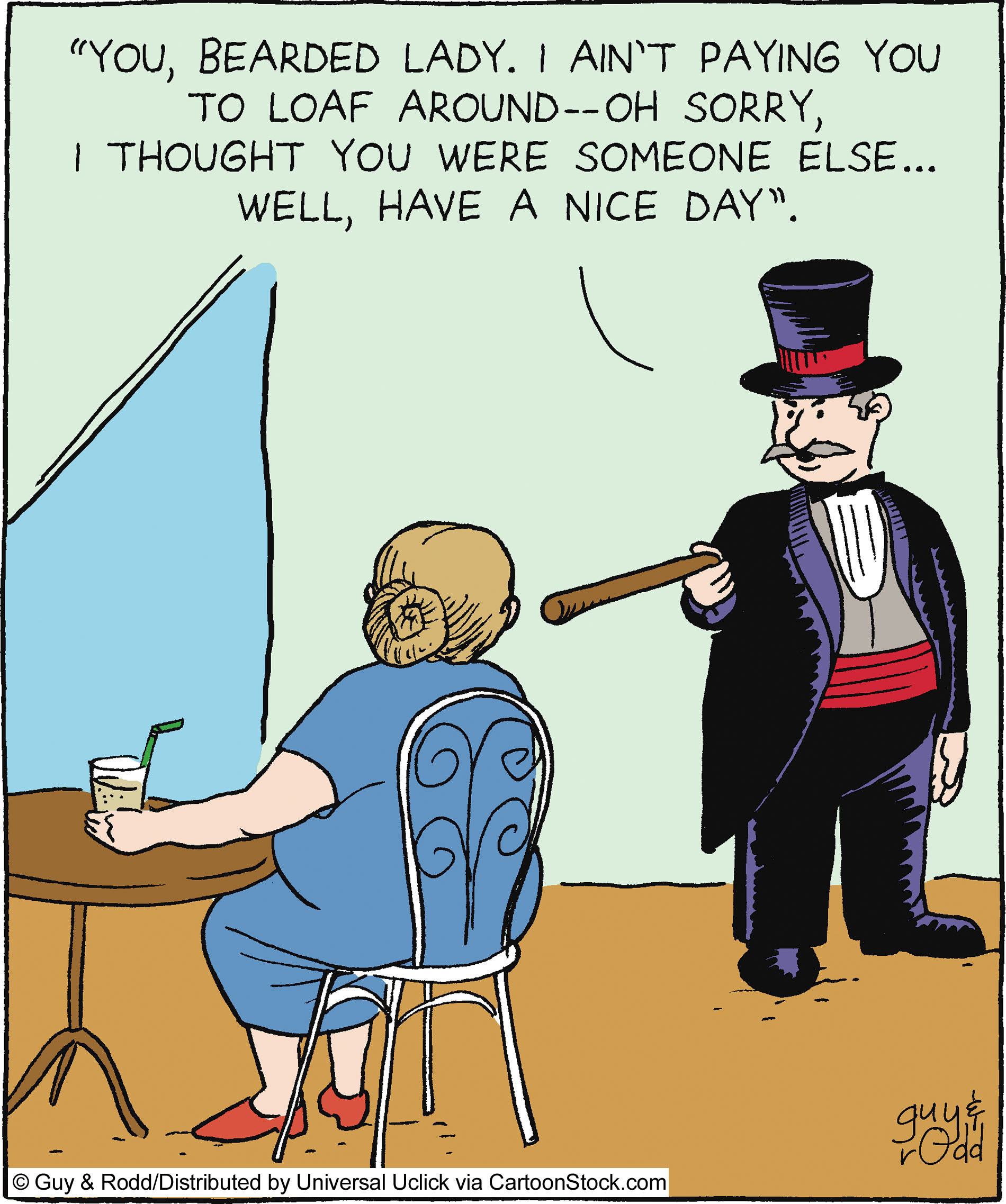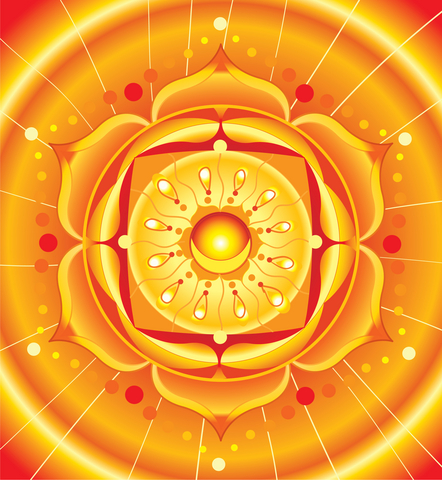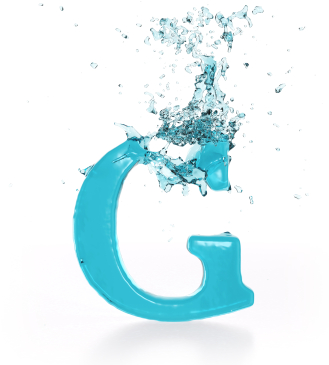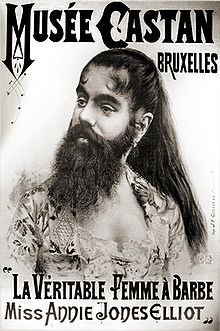What’s fueling your fire in the morning?
Let me guess: SEXCEREAL?!!
This ‘Big Functional Food’ would have slipped by with nary a thought had my friend David Svet not brought it to my attention. But he did and hence, I had to share it with you. After all, it’s Friday and time for some folly.
So, let’s talk about SEXCEREAL, shall we?
This product is not only “the first food product to go viral” (really? What about Life or Tang, which was viral for their time?), but, it is also a ‘gender-based cereal…created with sexual health in mind.’ Wow! It’s downright bodacious and bodylicious!!!
What’s in this amazing, nutritionally-formulated, quality-controlled bowl of desire?
- Maca
- Cocoa nibs
- Sunflower
- Chia seeds
- Almonds
- Flax seeds
- Oat bran
- Ginger
- Oats
Among all of these ingredients, only maca and cocoa have been scientifically studied for their effects on sexual desire. I’ve written previously about maca and the evidence, at least from scientific trials, is pretty scant. Chocolate, on the other hand, has long been considered an aphrodisiac. Yet, when it was studied in women specifically for its effects on scientific desire and pleasure, the data are not so clear; some women have self reported higher levels of desire after eating chocolate but when the data are scrutinized, these results don’t hold. The rest of the ingredients? Honestly, I am lost.
If cereal is your morning bag, you could eat worse; each serving of SEXCEREAL does dose up a nice bit of fiber and omega-3 fatty acids. It’s low in sodium too. But if you are looking for fire, you may want to look elsewhere. And if you are into eating your sex and having it too? Well, there are certainly much better solutions!
p.s. If you want a chuckle, check out the testimonials.… SEXCEREAL – “I love a cereal that goes all the way.” Bob from Saskatchewan
Happy Weekend!
Read More
Wednesday Bubble: Give me a “G!!”
I am so happy about this particular unburstable bubble that I’m almost jumping for joy! Give me a G!
Yup, that elusive G spot that so many women have been talking about for centuries evidently truly exists according a new report slated to appear in the Journal of Sexual Medicine.
Say what?!!!
As many of you know, the “G spot” is a description for an area on the upper back vaginal wall that, when engorged, can significantly enhance arousal and orgasm and even allow women to ejaculate. And yet, not one scientist has been able to anatomically confirm its existence, leading most experts to characterize it as a ‘gynecologic myth.’
Well, myth no more and for this discovery, you can thank Dr. Adam Ostrzenski from the Institute of Gynecology in St. Petersburg, FL. Dr. Ostrzenski and his colleague, Dr. Hab dissected the vaginal wall layer by layer and finally established that the G spot is actually a sac structure that is located on the back membrane of the perineum (the space between the vaginal and anal opening), angled about 35° from the side border of the urethra, with its lower section situated a little over a half inch from the opening of the urethra. According the researchers, the G-spot is well defined, appears to comprised of erectile tissue and has a head, a middle and a tail.
I realize that this is all a bit highbrow and scientific. However, this discovery is important, not only for helping to inform and further what we know about what makes us tick sexually, but also because it supports earlier research that suggests that the rear of the vagina and urethra, and not just the clitoris play a role in arousal and orgasm. And this confirmation alone may ultimately help women who struggle with sexual desire as they age find other ways to address their sexual needs.
So, today, give me a G! It hits the spot…no?!
Read More
Wednesday Bubble: Hairs and acne and heart/breast conditions. Oh my!
 Back in 2008, I wrote about Intrinsa, a testosterone patch that was tested in a study of 841 postmenopausal not currently on hormone replacement therapy to evaluate effects in terms of improving sexual desire. The results, which were published in the New England Journal of Medicine, showed that compared to a dummy patch, use of low or high dose Intrinsa was associated with significant increases in sexual desire and a decline in sexual distress. Overall, the higher dose patch led to modest improvements in sexual function. In other words, wearing a patch was significantly better than using nothing at all but not life-shattering in terms of improving sexual function.
Back in 2008, I wrote about Intrinsa, a testosterone patch that was tested in a study of 841 postmenopausal not currently on hormone replacement therapy to evaluate effects in terms of improving sexual desire. The results, which were published in the New England Journal of Medicine, showed that compared to a dummy patch, use of low or high dose Intrinsa was associated with significant increases in sexual desire and a decline in sexual distress. Overall, the higher dose patch led to modest improvements in sexual function. In other words, wearing a patch was significantly better than using nothing at all but not life-shattering in terms of improving sexual function.
Once I delved further into androgens and women, I learned that while it has been suggested that local circulating levels of androgens are associated with low sexual desire and sexual dysfunction, the data are contradictory. Moreover, in a fairly recent scientific review, researchers say that no single androgen predicts which women will have sexual dysfunction, making it even harder to address, right? What’s more, they also note that laboratory studies have only limited value and aren’t routinely recommended.
Still, researchers continue to evaluate the role (if any) of testosterone treatment in female sexual dysfunction; the latest study on the dockets is the BLISS trial, which is examining the long-term effects (i.e. 60 months) of a low dose testosterone gel — LibiGel — in natural and surgically-induced menopausal women. This trial was requested by the FDA to insure that testosterone can be safely used without specifically causing heart disease or breast cancer ( note that the focus of this study is specifically on the risk for heart-related events, including death, nonfatal heart attack, nonfatal stroke, chest pain, and clotting events and death, and breast cancer). Importantly, researchers still don’t know much about the safety of long-term testosterone in either men or women, although it is a known precursor of estradiol, a hormone that has been shown to stimulate breast tissue. With regard to heart issues, women with polycystic ovarian syndrome have elevated blood testosterone levels and are at risk for obesity, high blood pressure and insulin resistance, all signs of heart disease.
Although questions about heart disease and breast cancer remain unanswered, experts have evaluated numerous formulations of androgens like testosterone, e.g. patches, oral tablets, implants and injections, and say that the major side effects are unwanted hair growth and acne. Both are related to dose and how long treatment lasts, and disappear once treatment is stopped. And while rates of hair growth are definitely lower for patches in general (as few as 7% to as high as 23%), as many as 36% of women who use oral testosterone have unwanted hair growth. Among those receiving implants, pellets or injections the number is also high: 20%.
Let’s face it; the trouble is testosterone is that it may only address a miniscule amount of factors affecting a woman’s libido and in literally leave a trail in its place, not only of unwanted hair and blemishes, but perhaps more serious issues. What do you think? Is testosterone a hairy proposition? Should the bearded lady shave before her handler pushes more patches and gel?
Stay tuned…
Read More
Sexual desire, age and a whole lotta debunking…
 I can’t tell you the number of times I’ve stumbled across studies or articles about sexual desire. She does, she doesn’t, he does, it doesn’t, take this pill, patch, supplement, eat this food, wear this article of clothing, blah blah blah. Guess what? A lot of it is in your head (or your environment). No really! At least if you are a woman. Granted, waning hormones, namely estrogen, will likely affect vaginal dryness, pliancy and libido, at least to a certain extent. But there is a whole body of literature that points to the importance of the value of, and satisfaction with, partner relationships.
I can’t tell you the number of times I’ve stumbled across studies or articles about sexual desire. She does, she doesn’t, he does, it doesn’t, take this pill, patch, supplement, eat this food, wear this article of clothing, blah blah blah. Guess what? A lot of it is in your head (or your environment). No really! At least if you are a woman. Granted, waning hormones, namely estrogen, will likely affect vaginal dryness, pliancy and libido, at least to a certain extent. But there is a whole body of literature that points to the importance of the value of, and satisfaction with, partner relationships.
I’ve been writing about sexual desire and sexual dysfunction since I started this blog four years ago. And I continue to be frustrated by the number of solutions and panaceas that overlook integral factors like emotions and intimacy. Consequently, I was truly happy to run across another piece of evidence demonstrating the importance of these factors. This time, researchers looked at a cohort of over 800 women who were as young as 40 and as old as 100 and asked them a number of questions about their emotional health, sexual activity and menopausal status. The results? 90% reported that they were in good health, and about half had had sexual activity within a month of being surveyed, with or without a partner. Notably, a large percentage of these women were using hormones.
However, while a third of women reported that they never or almost never felt sexual desire and a third reported having low sexual desire, most of the women who were sexually active indicated that emotional closeness with their partners was key and in fact, was associated with more frequent arousal, lubrication and orgasm. And, guess what? Although aging has often been thought to be a harbinger of low sexual satisfaction (or activity, for that matter), the percentage of women who reported being sexually satisfied actually increased with age, with about half of women older than 80 reporting that they were always or almost always satisfied! Moreover, these older women also had the same degree of orgasm satisfaction as their younger peers!
One of the study’s most important findings was the fact that sexual activity was not always the litmus for sexual satisfaction, and that emotional and physical closeness were almost equally if not more important. Indeed, lead researcher Dr. Susan Trompeter notes that women in the study “who were not sexually active may have achieved sexual satisfaction through touching, caressing or other intimacies developed over the course of a long relationship” adding that “emotional and physical closeness to the partner may be more important than experiencing orgasm.”
Clearly, this research highlights the need to focus on sexual satisfaction rather than sexual dysfunction or limitations to what is commonly perceived as sexual activity. By ignoring intimacy and partner relationships, we do a huge disservice to women. Moreover, it is certainly refreshing to know that it often gets better, not worse over time.
Read More
Hairy kiri…sexual desire and hairs on your chinny chin chin
Yes, I am taking poetic license with the Japanese term “Hara-Kiri” which literally means to cut or slice the stomach. This phrase has been hijacked by slangers who refer to it as ‘hari kari,’ to off oneself or commit suicide.
I propose that using testosterone in hopes of improving sexual desire is a great way to cut off one’s wellbeing and sense of self Chi, leaving hairs on the chinny chin chin and other undesirable locations.
Hairy kiri? You bet!
Back in 2008, I wrote about Intrinsa, a testosterone patch that was tested in a study of 841 postmenopausal not currently on hormone replacement therapy to test its effects on sexual desire after about a half a year’s use. The results, which were published in the New England Journal of Medicine, showed that compared to a dummy patch, using low or high dose Intrinsa was associated with significant increases in sexual desire and a decline in sexual distress. Overall, the higher dose patch led to modest improvements in sexual function. In other words, wearing a patch was significantly better than using nothing at all but not life-shattering in terms of improving sexual function. However, the caveat was unwanted hair growth, which occurred in about a third of women using the higher dose patch and in about 23% of women using the lower dose.
Once I delved further into androgens and women, I learned that while it has been suggested that local circulating levels of androgens are associated with low sexual desire and sexual dysfunction, the data are contradictory. Moreover, in a fairly recent scientific review, researchers say that no single androgen predicts which women will have sexual dysfunction, making it even harder to address, right? What’s more, they also note that laboratory studies have only limited value and aren’t routinely recommended.
Looking more closely at different formulations of androgens like testosterone, e.g. patches, oral tablets, implants and injections, experts have found that the major side effects are unwanted hair growth and acne. Both are related to dose and how long treatment lasts, and disappear once treatment is stopped. And while rates of hair growth are definitely lower for patches in general (as few as 7% to as high as 23%), as many as 36% of women who use oral testosterone have unwanted hair growth. Among those receiving implants, pellets or injections the number is also high: 20%.
Let’s face it; the trouble is testosterone is that it may only address a miniscule amount of factors affecting a woman’s libido and in literally leave a trail in its place. Don’t know about you but I think it’s a hairy kiri proposition. A few more notches on the desire scale and a few more hairs in your chin, on your chest and lord knows where else.
Committing hairy kiri ain’t for sissies; that’s for sure!
Read More









